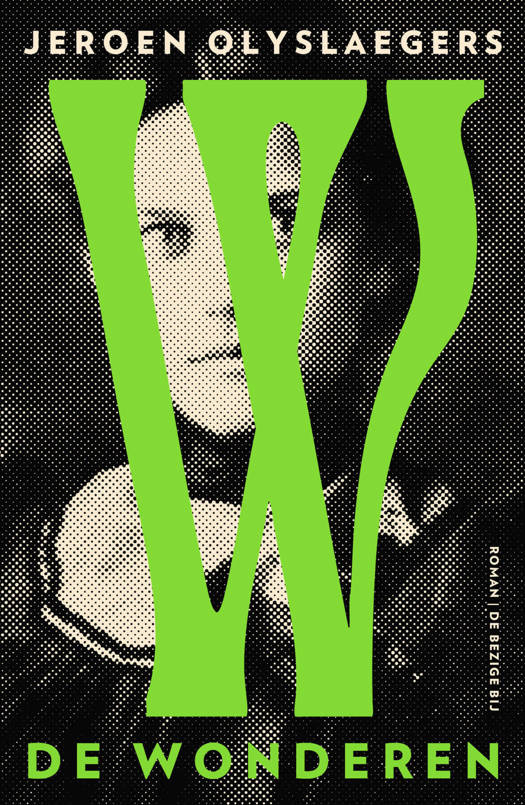
- Afhalen na 1 uur in een winkel met voorraad
- Gratis thuislevering in België vanaf € 30
- Ruim aanbod met 7 miljoen producten
- Afhalen na 1 uur in een winkel met voorraad
- Gratis thuislevering in België vanaf € 30
- Ruim aanbod met 7 miljoen producten
Zoeken
€ 34,95
+ 69 punten
Omschrijving
The Poetry of Nature offers an in-depth look at more than 40 extraordinary Japanese paintings that represent every major school and movement of the Edo period, including Kano, Rinpa, Nanga, Zen, Maruyama-Shijō, and Ukiyo-e. The unifying theme is a celebration of the natural world, expressed in varied forms, from the bold, graphic manner of Rinpa to the muted sensitivity of Nanga. Among the artists whose works are included are Ike Taiga (1723-1776), Maruyama Ōkyo (1733-1795), and Sakai Hōitsu (1761-1828). John T. Carpenter looks specifically at the intertwinement of painting and poetry, a Japanese artistic tradition that reached new heights during the Edo period. In addition to new readings and translations of Japanese and Chinese poems, Carpenter sheds light on the ways in which Edo artists used verse to transform their paintings into a hybrid literary and visual art.
Specificaties
Betrokkenen
- Auteur(s):
- Uitgeverij:
Inhoud
- Aantal bladzijden:
- 224
- Taal:
- Engels
- Reeks:
Eigenschappen
- Productcode (EAN):
- 9781588396549
- Verschijningsdatum:
- 13/03/2018
- Uitvoering:
- Paperback
- Formaat:
- Trade paperback (VS)
- Afmetingen:
- 241 mm x 272 mm
- Gewicht:
- 1088 g

Alleen bij Standaard Boekhandel
+ 69 punten op je klantenkaart van Standaard Boekhandel
Beoordelingen
We publiceren alleen reviews die voldoen aan de voorwaarden voor reviews. Bekijk onze voorwaarden voor reviews.








